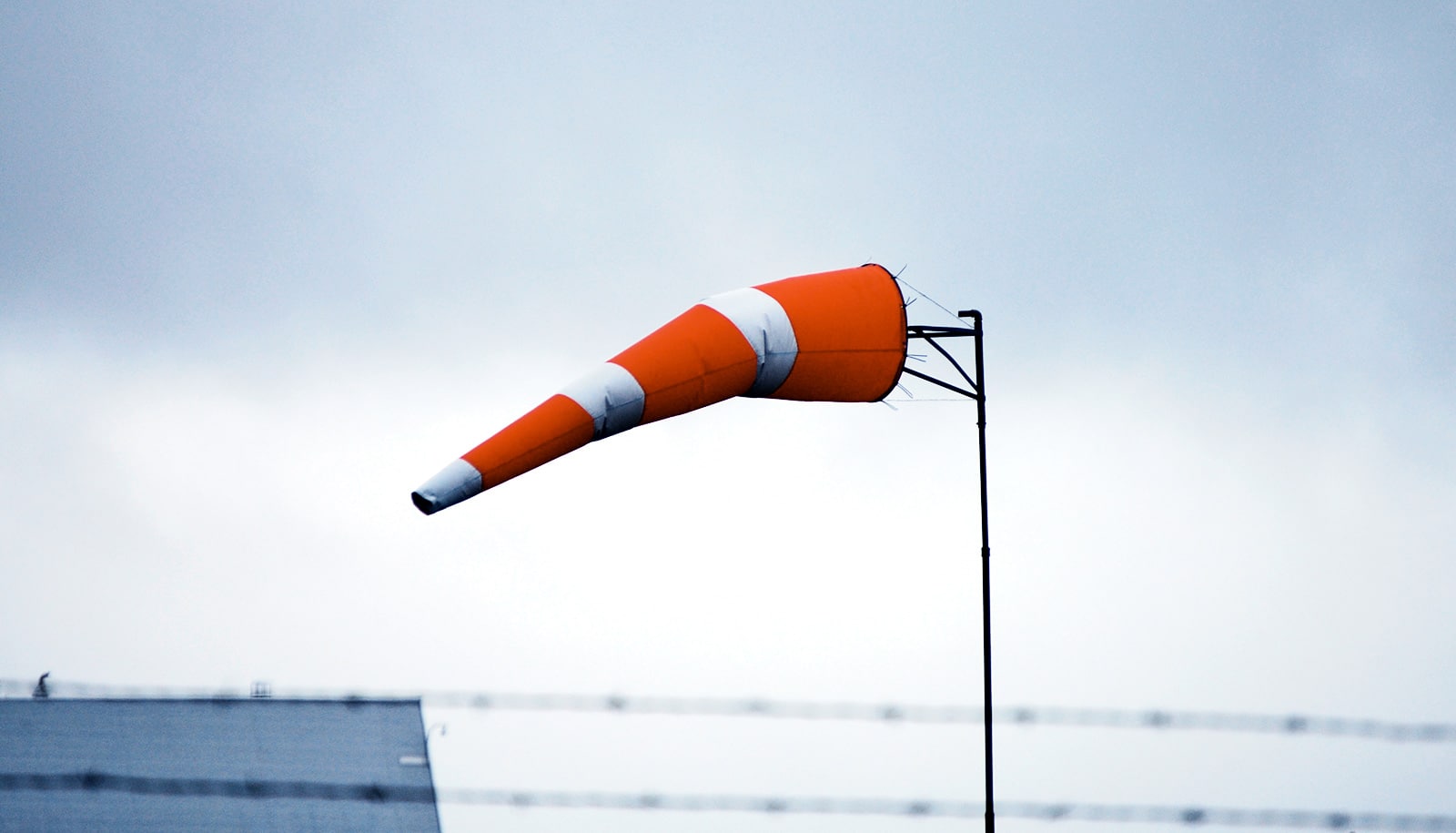Increased fluctuations in the path of the North Atlantic jet stream since the 1960s coincide with more extreme weather events in Europe such as heat waves, droughts, wildfires, and flooding, researchers report.
“The heat waves and drought that are related to such jet stream extremes happen on top of already increasing temperatures and global warming…”
The new research is the first reconstruction of historical changes in the North Atlantic jet stream prior to the 20th century. By studying tree rings from trees in the British Isles and the northeastern Mediterranean, the team teased out those regions’ late-summer weather going back almost 300 years—to 1725.
“We find that the position of the North Atlantic jet in summer has been a strong driver of climate extremes in Europe for the last 300 years,” says Valerie Trouet, an associate professor of dendrochronology at the University of Arizona’s Laboratory of Tree-Ring Research.
Having a 290-year record of the position of the jet stream let Trouet and her colleagues determine that swings between northern and southern positions of the jet became more frequent in the second half of the 20th century, she says.
“Since 1960 we get more years when the jet is in an extreme position,” Trouet says, adding that the increase is unprecedented.
When the North Atlantic jet is in the extreme northern position, the British Isles and western Europe have a summer heat wave while southeastern Europe has heavy rains and flooding, she says.
When the jet is in the extreme southern position, the situation flips: Western Europe has heavy rains and flooding while southeastern Europe has extreme high temperatures, drought, and wildfires.
‘Double whammy’
“Heat waves, droughts, and floods affect people,” Trouet says. “The heat waves and drought that are related to such jet stream extremes happen on top of already increasing temperatures and global warming—it’s a double whammy.”
Extreme summer weather events in the American Midwest are also associated with extreme northward or southward movements of the jet stream, the authors write.
“We studied the summer position of the North Atlantic jet. What we’re experiencing now in North America is part of the same jet stream system,” Trouet says.
This winter’s extreme cold and snow in the North American Northeast and extreme warmth and dryness in California and the American Southwest are related to the winter position of the North Pacific jet, she says.
“I remember quite vividly when I got the idea,” Trouet says. “I was sitting in my mom’s house in Belgium.”
While visiting her family in Belgium during the very rainy summer of 2012, Trouet looked at the newspaper weather map that showed heavy rain in northwestern Europe and extreme heat and drought in the northeastern Mediterranean.
Jet stream makes summer weather hard to forecast
“I had seen the exact same map in my tree-ring data,” she says. The tree rings showed that hot temperatures in the Mediterranean occurred the same years that it was cool in the British Isles—and vice versa.
The part of an annual tree ring that forms in the latter part of the growing season is called latewood. The density of the latewood in a particular tree ring reflects the August temperature that year.
Going back in time
Other investigators had measured the annual latewood density for trees from the British Isles and the northeastern Mediterranean for rings formed from 1978 back to 1725.
Because August temperatures in those two regions reflect the summer position of the North Atlantic jet stream, Trouet and her colleagues used those tree-ring readings to determine the historical position of the jet stream from 1725 to 1978. For the position of the jet stream from 1979 to 2015, the researchers relied on data from meteorological observations.
“There’s a debate about whether the increased variability of the jet stream is linked to man-made global warming and the faster warming of the Arctic compared to the tropics,” Trouet says.
“Part of the reason for the debate is that the data sets used to study this are quite short—1979 to present. If you want to see if this variability is unprecedented, you need to go farther back in time—and that’s where our study comes in,” Trouet adds.
How to know if climate change caused the weather
With the discovery of much older trees in the Balkans and in the British Isles, Trouet hopes to reconstruct the path of the North Atlantic jet stream as much as 1,000 years into the past. She is also interested in reconstructing the path of the North Pacific jet stream, which influences the climate and weather over North America.
The researchers report their findings in the journal Nature Communications.
Flurin Babst of the Swiss Federal Research Institute WSL in Birmensdorf and Matthew Meko of the University of Arizona are also coauthors of the paper. The US National Science Foundation and the Swiss National Science Foundation funded the research.
Source: University of Arizona



